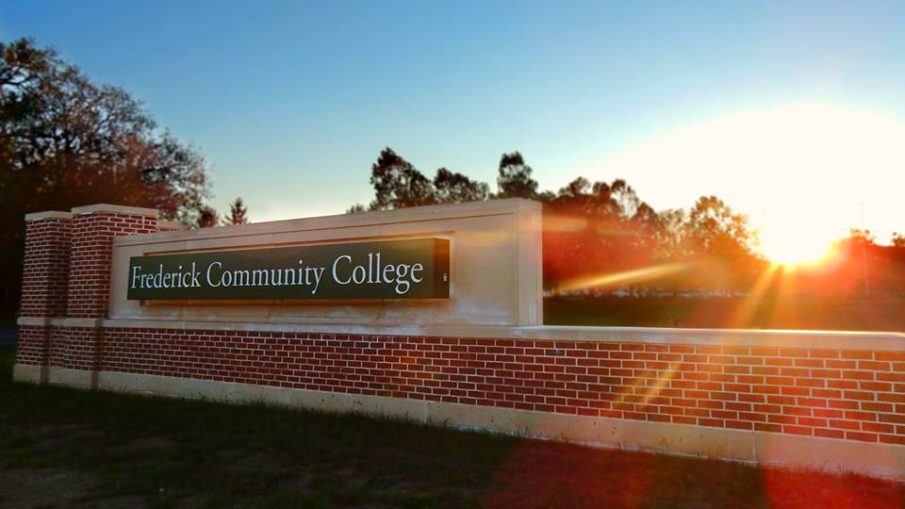By Kameron Clem
The first issue of the brand new “The Commuter,” Frederick Community College’s student newspaper launched on Friday March 4, 2016 and it marks a turning point in the newspaper’s life-cycle.
“The Commuter was an entirely different entity when we started the launch,” said Brian Taylor, current Editor-in-Chief of The Commuter.
The platform that The Commuter was running on was not congruent to the image that The Commuter wanted to present. “We were, at the time, less independent from the college itself and running on an entirely different technology platform,” Taylor added.
The Commuter, based on the social media pages on Twitter and Facebook, did not have a very strong presence. News posts were reaching maybe four to five people per week. It seemed that The Commuter’s future was unclear.
Student newspapers have one advantage over any other type of publication, and that is the ability to focus on campus issues more in depth. A point exemplified by the recent controversy at Mount St. Mary’s University.
Former president Simon Newman resigned in the wake of an article published in The Mountain Echo the student run newspaper for Mount St. Mary’s University. The article discussed Newman’s plan to “cull the class” by dismissing allegedly under-preforming first-year students. Coverage of the article and additional controversy surrounding Newman’s remarks made it all the way to the national stage with coverage in The Washington Post andThe New York Times.
“I think student newspapers can operate in a more refined area and get more in depth coverage about what is actually important to students at the time,” said Jas Leftwood, a recent graduate from Frederick Community College.
“The Frederick News Post might not write about a show going on at FCC but the student newspaper will because it will try anything to make students, even the small minority who are interested in the subject, feel included in campus life. A bigger publication sometimes just can’t afford to do that,” Leftwood continued.
According to a study published by Alloy Media + Marketing about seventy-six percent of all students have read their college newspaper, either digitally or in print, in the last thirty days. That number rises to eighty-two percent for readership of the last ninety days.
“Students who read their student newspaper are reading three out of five issues, on average,” Alloy noted later in the article.
Many people think that college newspapers are not only just as important as any other publication but are actually a necessity, and that they have just as much of a right to exist as other publications
One such person who holds that view is Alex Yahanda, a writer for the Johns Hopkins News Letter. Yahanda said that college newspapers are the experts on their own student population.
“After all, who better to publish articles encapsulating the ethos of student experiences than the students themselves,” asked Yahanda.
This brings the discussion back to The Commuter and why it is still around. The Commuter can operate in a small area but that small area affects thousands of students.

